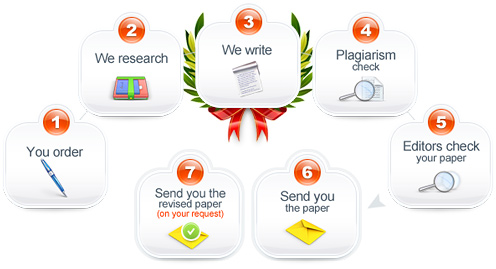Assignment: HEAD TO TOE NURSING ASSESSMENT
Required Course Materials
Author: Rhoads
Title: Advanced Health Assessment & Diagnostic Reasoning: Featuring Kognito
Simulations Include Navigate 2 Premier Access, Fourth Edition
Publication Date:
ISBN: 9781284217292
Author: Banasik, J.& Copstead, L.
Title: Pathophysiology (7th ed.)
Publication Date:
ISBN: 9780323354813
Evolve Health Assessment DVD Series Viewing this DVD series is required and will be available on the course Blackboard shell; separate purchasing.

Please find attached the teacher\’s intrusctions.
“more infos given by the professor. You Tube video – Physical assessment interview https://www.youtube.com/watch?
The Physical Examination
Please note: This guide is provided as a general template, you will need to add detail based on your specific patient health history
General survey- general statement of health, includes vital signs
Skin- wet, dry, color, lesions, moles, scars
HEENT- HEAD- hair, scalp, skull, face EYES- visual acuity, PERLA, conjunctiva, ocular fundi EARS- auricles, canals, drums, acuity, if acuity is diminished check lateralization with Weber test, bone conduction with Rinne test. NOSE- nasal mucosa, septum, turbinates, sinuses. THROAT- lips oral mucosa, gums, teeth,
palate, tonsils and pharynx
Neck- palpate the cervical lymph nodes, note any masses. Feel for deviation of trachea, observe the sound and effort of the patient’s breathing, palpate the thyroid gland Back- inspect and palpate the spine and muscles of the back, observe for shoulder height for symmetry Posterior Thorax and lungs- inspect and palpate the muscle and spine of the upper back. Inspect, palpate and percuss the chest. Listen to breath sounds, identify and adventitious sounds Breast- we are not assessing Cardiovascular- Jugular venous pulsations, inspect and palpate the carotid pulsations, listen for carotid bruits. Note the apical impulse, listen at the apex and the lower sternal border with the bell. Listen for the first and second heart sounds and for any splitting or the second heart sound. Listen for any murmurs
Abdomen- Inspect, auscultate, and percuss the abdomen. Palpate lightly, then deeply. Assess the liver
and spleen by percussion and then palpation. Try to feel the kidneys and palpate the aorta and its
pulsations. If you suspect kidney infection, percuss posteriorly over the costovertebral angles
Lower Extremities- Examine the legs, assess 3 systems while the patient is supine and again when the
patient stands: Peripheral vascular system, musculoskeletal system, and Nervous system
Nervous system- This consists of 5 segments listed below
Mental Status- orientation, mood, thought process, insight and judgment, abstract thinking
Cranial Nerves- II-VII
Motor System- muscle bulk, tone, strength. Cerebellar function; rapid alternating movements,
point to point movements, and heel to shin and gait
Sensory System- pain, temperature, light touch, vibration, discrimination, compare right to left
sides
Reflexes- biceps, triceps, brachioradialis, patellar, Achilles deep tendon reflex, plantar is optional
HEAD TO TOE NURSING ASSESSMENT Related posts:
- NURSING (Head-to-Toe Assessment ): An analysis of age-specific risk reduction health screening and immunizations
- Head-to-Toe Assessment: an analysis of age-specific risk reduction health screen and immunizations Custom Essay
- perform a complete head-to-toe assessment on one of your chosen participants
- complete head-to-toe assessment
- Heat-to-toe assessment
- Review and reflect on the family assessment tools you have seen this week. Then using a family assessment tool of your choice develop an assessment plan for a family that includes a child or adolescent, a young or middle-aged adult, and a senior citizen. Explain how this type of assessment will be beneficial in family-centered practice. Be specific and use examples.
- Family Health Assessment: Identify two or more wellness nursing diagnoses based on your family assessment
- Nursing Assessment: Complete the “How Mach Are You” self-assessment and discuss your results
- Heritage family assessment: Perform a heritage assessment on three different families.
- Advanced Health Assessment for Patients and Populations – D028: AJM1 Task 1: Community Outbreak Assessment
- Philosophies and Theories for Advanced Nursing Practice
- Concept map and Scholarly paper

